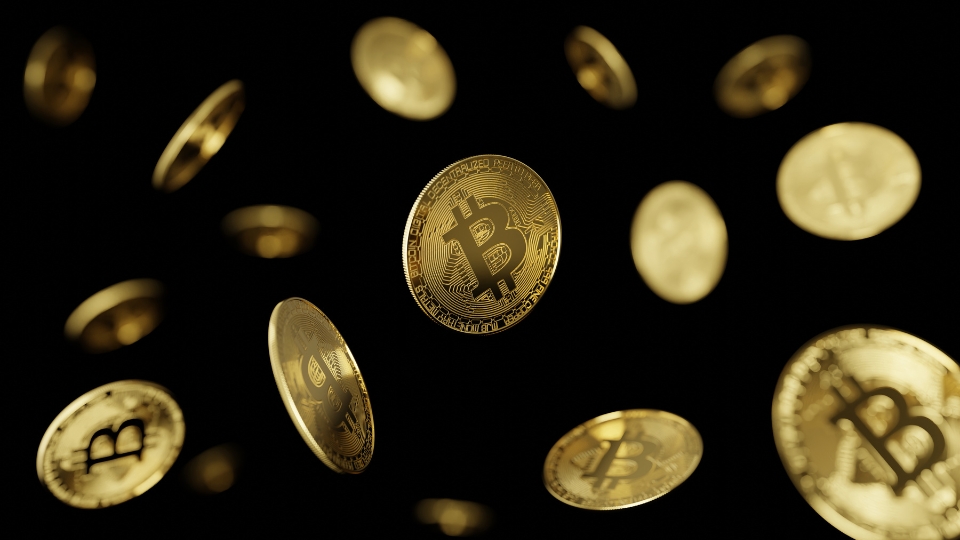Gas fees are a fundamental concept in blockchain technology that affects every user who interacts with the network. Whether you’re buying a digital asset, transferring cryptocurrency, or deploying a smart contract, gas fees play a crucial role in determining the cost and speed of your transaction. In this article, we’ll explore what gas fees are, how they work, and how you can manage them effectively to optimize your blockchain interactions. Understanding it is essential for anyone engaging with blockchain platforms, especially as the ecosystem continues to evolve with solutions like Polygon offering lower costs.

What are Gas Fees?
Gas fees, also known as “transaction charges,” are made by users to compensate for computing energy. This energy is required to process and validate transactions on a blockchain network. The term “gas” is primarily used in the Ethereum network. It measures the computational effort needed to execute operations. The more complex a transaction is, such as deploying a smart contract or interacting with a dApp, the higher the gas fee.
Gas fees are calculated in gwei, which is a denomination of the cryptocurrency Ether (ETH). One gwei is equal to 0.000000001 ETH. The gwei price can fluctuate based on network demand. This fluctuation can make gas fees higher or lower, depending on the current activity on the blockchain.
How Gas Fees Affect Blockchain Transactions
Gas fees are crucial for the functioning of blockchain networks. They incentivize miners (in proof-of-work blockchains) or validators (in proof-of-stake blockchains) to process transactions and secure the network. When a transaction is submitted to the blockchain, users specify the amount of gas they are willing to pay, and transactions with higher gas fees are usually prioritized. This prioritization can lead to a bidding war, especially during times of high network congestion, resulting in higher gas fees.
For example, on the Ethereum network, users have often experienced high gas fees during periods of high demand, such as during major NFT drops or when new decentralized finance (DeFi) projects launch. This can make small transactions, such as micro-payments or low-value asset transfers, prohibitively expensive. To address these issues, solutions like Polygon have been introduced to offer cheaper and faster transactions by using layer 2 scaling technologies that operate on top of the Ethereum network.
Strategies to Minimize Gas Fees
To minimize transaction charges, users can adopt several strategies:
- Choose the Right Time for Transactions: Gas fees fluctuate throughout the day based on network demand. By monitoring these fluctuations, users can time their transactions to occur during off-peak hours when transactions charges are lower.
- Use Layer 2 Solutions: Layer 2 solutions like Polygon offer a way to bypass high gas fees by conducting transactions off the main Ethereum chain. Transactions are bundled together on the layer 2 network and then committed to the Ethereum blockchain, significantly reducing the cost.
- Optimize Transaction Types: Some transactions require more gas than others. For example, sending Ether is generally cheaper than interacting with a complex smart contract. Understanding the gas requirements of different transactions can help users make informed decisions.
- Adjust Gas Limit and Gas Price: Users can manually set the gas limit and gas price for their transactions. Setting a lower gas price might result in a slower transaction but can reduce costs. However, it’s essential to strike a balance, as setting the gas price too low might result in the transaction not being processed.
Understanding Different Gas Fee Structures
Different blockchains have varying gas fee structures. For instance, Ethereum uses an auction system where users bid for their transactions to be included in the next block. In contrast, some newer blockchains use fixed gas fees. They have significantly lower costs due to less congestion or more efficient consensus mechanisms.
When looking for the cheapest gas fee crypto, users should consider both the base transaction fee and confirmation speed. Blockchains like Solana, Avalanche, and Binance Smart Chain are known for low fees and high throughput. This makes them attractive alternatives to Ethereum for cost-sensitive users.
Gas Fees and NFTBOOKS on the Polygon Network
NFTBOOKS is a blockchain-based platform for buying, selling, and renting books as NFTs. It is built on the Polygon network, known for its low gas fees. This choice is strategic. It allows NFTBOOKS to offer cost-effective transactions, even for micro-payments. For example, the smallest transaction, such as renting a book, becomes more affordable because of Polygon’s low fees.
Instead of facing prohibitive costs that deter users from smaller transactions, the reduced charges benefit users. This ensures that renting a book remains economically viable for both readers and authors. This cost efficiency allows NFTBOOKS to enhance the user experience. It enables frequent, low-cost interactions and aligns with its mission to revolutionize digital publishing.
Future of Gas Fees
The landscape of gas fees is constantly evolving as blockchain networks seek to improve scalability and reduce costs. Ethereum’s ongoing upgrade to Ethereum 2.0 aims to address some of the gas fee issues by moving from a proof-of-work to a proof-of-stake consensus mechanism. Additionally, innovations such as sharding and other scaling solutions continue to be developed to improve transaction efficiency and reduce transaction fees.
For those looking to engage with the blockchain without breaking the bank, understanding and managing gas fees is crucial. By staying informed about the latest developments and utilizing available tools and strategies, users can minimize their costs and maximize their efficiency.
You might be interested in reading this Understanding Blockchain Explorers: A Simple Guide as well.
To Sum Up
Gas fees are an integral part of blockchain transactions that users must understand to navigate the digital landscape effectively. By choosing the right times, utilizing layer 2 solutions, and staying informed about network changes, users can minimize fees and optimize their blockchain experience. Platforms like NFTBOOKS, leveraging the low-cost, high-speed transactions of the Polygon network, exemplify how understanding and optimizing gas fees can lead to more accessible and cost-effective services. The future of gas fees looks promising, with continuous advancements aiming to lower costs and increase transaction speed. Stay tuned for more insights and strategies to make the most out of your blockchain journey.






